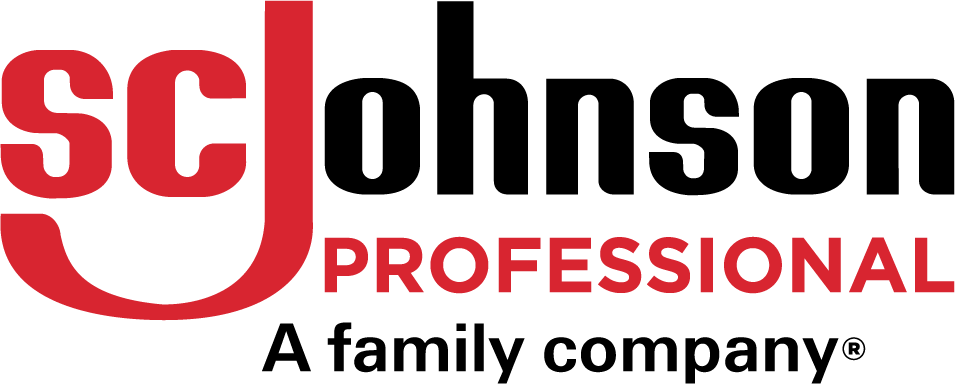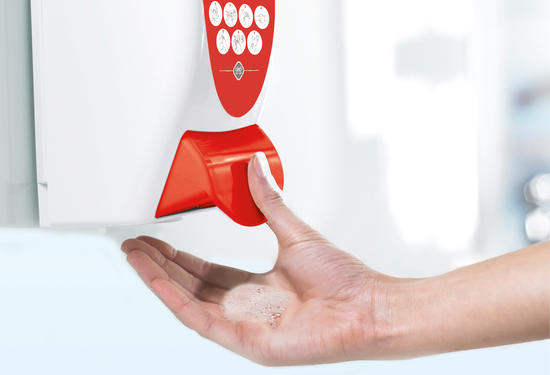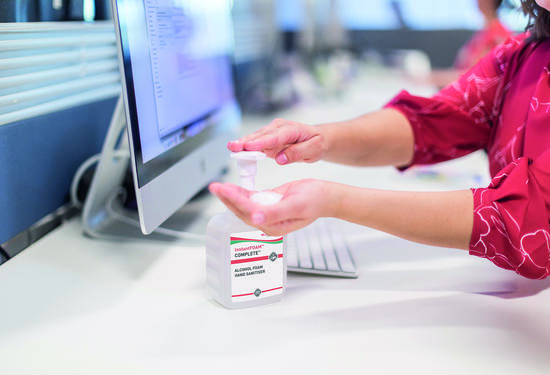Don’t spread it, stop it : Infection prevention this winter
With the winter months ahead, it’s more important than ever to ensure that robust infection prevention plans and hand hygiene amenities are in place in your facility. For community healthcare professionals, encouraging both staff and patients to take an active role in infection prevention is crucial. Staff absences can be a real issue in terms of detrimental impact on an individual employee’s wellbeing, as well as a reduction in your capacity and associated increased costs. With this in mind, preventing the spread of infection amongst your patients and staff is paramount when it comes to their care.
Cases of infections can increase significantly during the winter months[1] and epidemics can be common between November and April each year[2]. There is an obvious burden that arises from these infections in terms of the severe disease they can cause – but the economic impact of cases which result in time off work should not be underestimated either[3]. One case study from a hospital in Italy concluded that 11,100 working days were lost during the winter season, resulting in the average work loss of €327 per person[4]. Staff absences can lead to a lack of productivity and increased pressure and costs on your medical centre or facility.
It's no surprise that healthcare workers are at a higher risk of infection, when compared to healthy adults working in non-healthcare settings[5]; this is why it’s especially important to ensure that you have an effective infection prevention programme in place. Hand hygiene is a critical part of a facility’s infection prevention programme; hands are one of the primary modes of infection transmission[6]. This is why essential hand hygiene products must be supplied at the right place and time to ensure that they are available for staff and facility visitors when they are needed.
The right time and place
Referring to the World Health Organisation’s (WHO) ‘5 Moments for Hand Hygiene’[7] gives guidance on when exactly to carry out a hand hygiene event. These differ dependent on the healthcare setting, but crucially, healthcare professionals should carry out a hand hygiene event:
- Before patient contact
- Before a clean/antiseptic procedure
- After body fluid exposure risk
- After patient contact
- After contact with patient surroundings
These actions are designed to help protect yourself, the patient and the others in the healthcare environment against potentially harmful germs carried on the hands. Whether to wash or sanitise the hands depends on the level of soiling; as a rule, you should wash your hands with soap and water when hands are visibly dirty or visibly soiled[8]. Read more about when to wash and when to sanitise here.
The right technique
A good skin care programme is vital as well as hand hygiene. Healthcare workers are considered to be at risk of developing hand dermatitis[9], and irritated skin is considered to be one of the main reasons for non-compliance with hand hygiene guidelines[10]. Therefore, we must raise awareness of the correct hand hygiene techniques and routines to ensure that your staff are sanitising or washing at the right moment, as well as ensuring that their skin is moisturised.
It is also important to encourage staff to use moisturising creams during breaks and at the end of the day. Here at SC Johnson Professional, our research shows it is common for many healthcare professionals to use their own personal tubes of moisturising cream[11]. However, these creams have been designed for the general public as personal care products, rather than to meet the needs of the professional working within a medical, healthcare setting. These settings demand more targeted skin care benefits, particularly due to the impact of high frequency hand washing on skin health, for which many consumer creams are not designed to deal with. As such, it is recommended that healthcare workers use professional creams formulated specifically for healthcare settings[12].
Hand hygiene needs a united front
If good hand hygiene is to play an effective role in a facility’s infection prevention programme, all visitors, patients and staff members in your facility must play their part and be aware of best practice. According to the WHO[13], if healthcare professionals do not feel supported to perform hand hygiene at the right times, with the right products, they are more likely to feel that their organisation or facility does not value their own or their patients’ safety.
As we enter the winter months, infections may rise and your staff and visitors may become more vulnerable. You can contact us to find out more about our awareness-raising, free resources and to find out more about our Healthcare Programme, tailored to your facility.
[6] https://www.cdc.gov/workplacehealthpromotion/health-strategies/flu-pneumonia/interventions/environmental-support.html
[7] https://cdn.who.int/media/docs/default-source/integrated-health-services-(ihs)/infection-prevention-and-control/your-5-moments-for-hand-hygiene-poster.pdf?sfvrsn=83e2fb0e_16
[8] https://www.afro.who.int/sites/default/files/pdf/Health%20topics/Hand_Hygiene_Why_How_and_When_Brochure.pdf
[10] Impact of hand sanitiser format and dose amount on its sensory properties and acceptability for improving hand hygiene compliance, Journal of Hospital Infection



